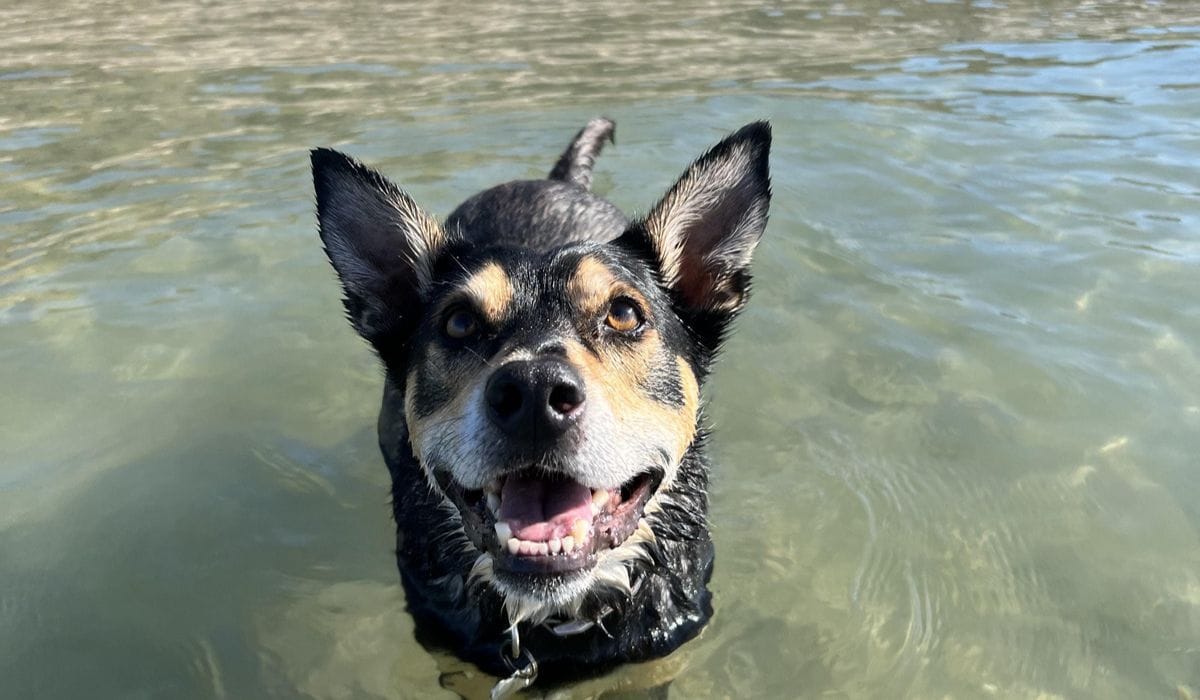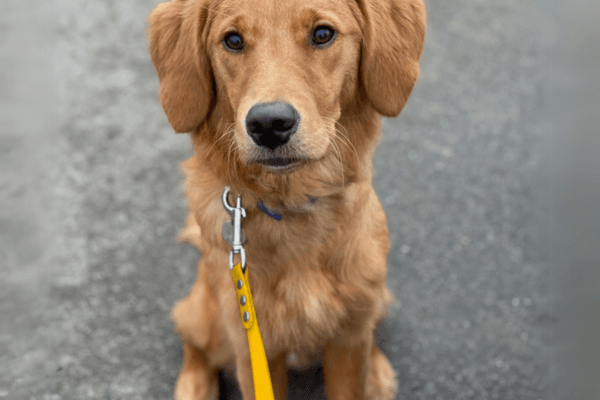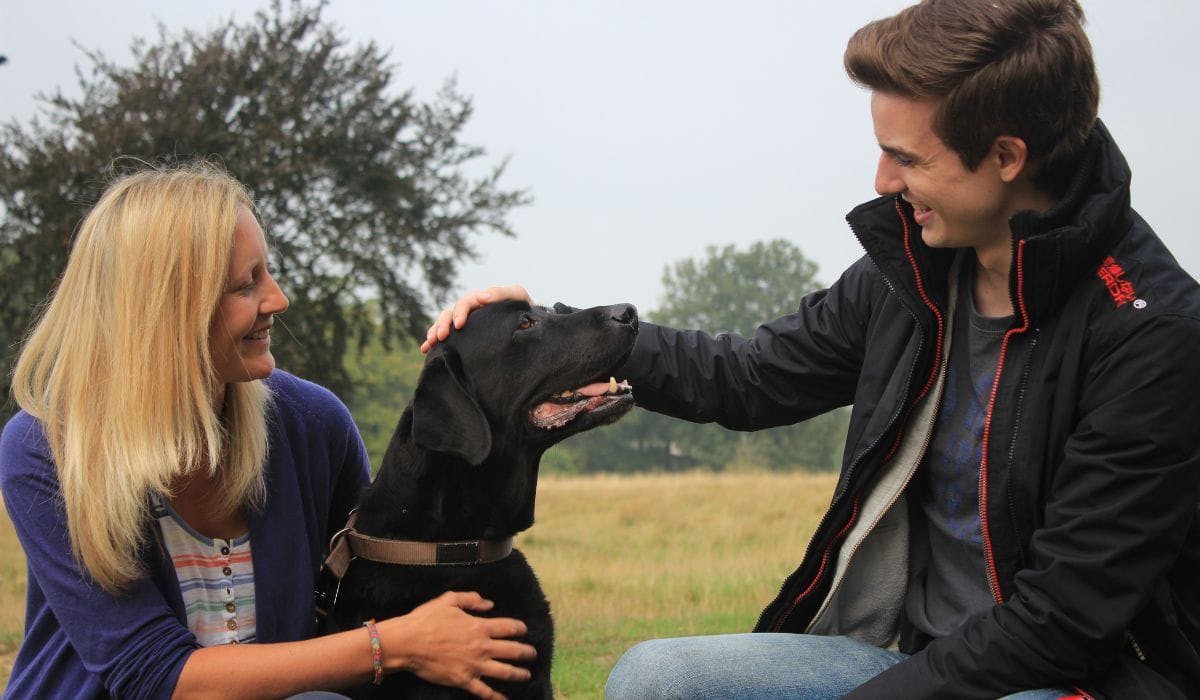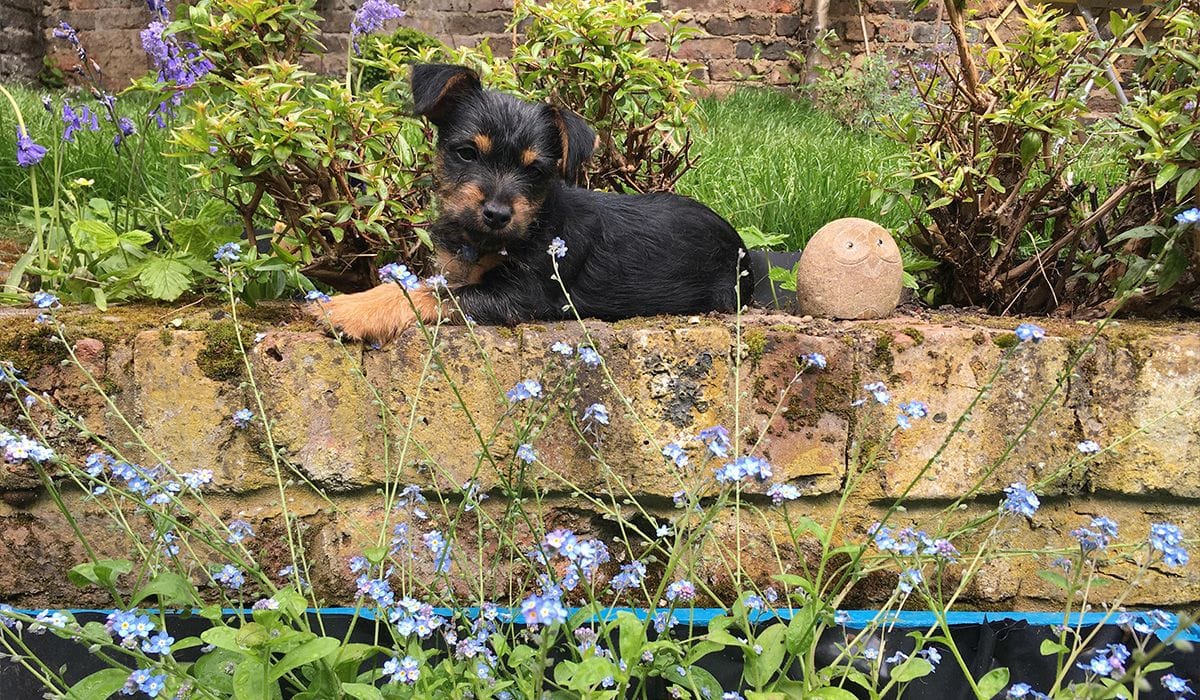Written by Dr. Kathleen Pohl, BVSc PgC(FVS) MRCVS Advanced Practitioner in Feline Medicine Clinical Director and Veterinary Surgeon
Easter is a fabulous time of year! The spring weather is usually upon us, perfect for some wonderful walks with our dogs, so it’s perfect for enjoying the outdoors and having some tasty treats. To be sure our dogs have the best time though, we need to keep them safe.
So we’ve spoken to Kathleen Pohl, a veterinary surgeon at Zetland Road, to put together a handy list of Easter foods and flowers that are toxic for dogs.
Summary
- Easter eggs
- Hot cross buns
- Sugar-free sweets
- Cooked Bones
- Garlic & onions
- Synthetic Easter grass
- Spring Flowers
- Cherry trees
- Check your garden
- What to do if your dog eats dangerous items this Easter
- Spring & Easter guides
Easter eggs
Let’s start with the main offender. Naturally, Easter eggs are everywhere at Easter and they’re usually made of chocolate, which contains a chemical called theobromine that is toxic to dogs. Symptoms of chocolate poisoning include vomiting, diarrhoea, and seizures.
Theobromine is found in cocoa, so the darker or better quality the chocolate, the more harmful it is to dogs. You might have heard that it’s ok to give your dog white chocolate, and although it doesn’t contain enough theobromine to cause symptoms, it does still have a high sugar content and can cause stomach upsets.
So if you have got Easter eggs or other sweet treats around the house, always make sure it's out of reach from your dog.
But luckily there’s no need for your pooch to miss out on all the foodie fun that can be had at Easter with our BorrowMyDoggy Easter egg dog treats or our Dog Easter egg hunt!
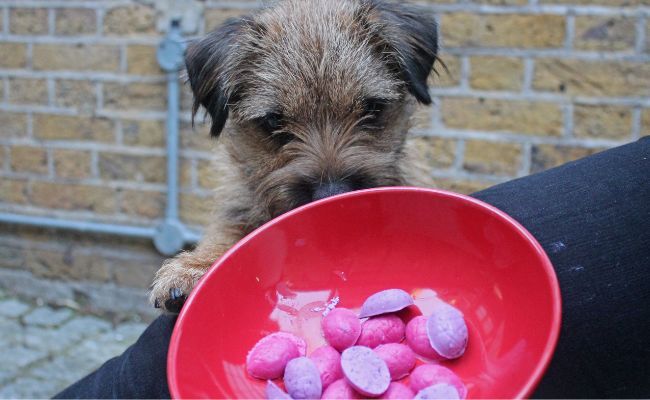
Hot cross buns
There are many different types of hot cross buns these days, but the vast majority of them contain dried fruit such as raisins, sultanas and currants, which are all toxic to dogs.
These dried fruits can cause acute kidney injury in dogs, however, the reason behind this is not fully understood. Some dogs can eat fairly large quantities of these types of dried fruit without experiencing symptoms, whereas, for other dogs only a handful of raisins can be fatal.
It can be the case that the toxic effects of ingesting raisins, currants and sultanas may not be apparent in dogs for several days. The longer the fruit is in your dog’s system, the more damage it can do. As there aren’t guidelines on how much fruit your dog needs to consume for it to be dangerous, if you suspect that your dog has eaten any raisins, currants or sultanas, call your vet immediately.
Sugar-free sweets
Lots of sugar-free sweets contain xylitol, a sweetener which is toxic to dogs. If your dog eats sugar-free sweets, their blood sugar levels could drop to dangerously low levels, which can cause liver damage and can potentially be fatal.
It’s a good idea to steer clear of giving your dog any sweets, even if they don’t contain xylitol. Consuming lots of sugar can lead to weight gain as well as dental issues for your dog.
Cooked Bones
It can be tempting to give your dog a treat after you’ve finished your Sunday roast. Although bones aren’t poisonous to dogs, they can split and break up into fragments when your dog chews them. This can cause pieces of bone to get lodged in your dog’s throat, which can lead to choking or to damage further down their guts.
Garlic & onions
Although garlic does a lot of great work when it comes to bringing a fresh spring flavour to roast lamb, unfortunately it’s toxic for dogs. Garlic causes upset stomachs and can damage your dog’s red blood cells causing anaemia.
It’s the same story for onions and shallots, so be extra careful when you’re preparing food in the kitchen, and don’t be tempted to share with your pooch.
Synthetic Easter grass
You might have seen this stuff lining Easter hampers and baskets, it looks great but can be potentially dangerous for dogs. Colourful synthetic easter grass is non-digestible and can easily get stuck in your dog’s intestine, which could require surgery to remove.
Spring Flowers
There are multiple different spring flowers that can be toxic to our dogs, but two of the most common flowers we see on walks are daffodils and tulips. Others include:
- Easter Lilies
- Rhododendrons (including Azaleas)
- Dumb cane (dieffenbachia – a common houseplant)
- Ivy
- Foxgloves
- Mistletoe
- Poinsettia
- Chrysanthemums
As with toxic foods, your dog will need to see a vet as soon as possible if they ingest any of these.
Daffodils

Daffodils are everywhere in spring, they are commonly found in fields, woodlands and most supermarkets. Daffodil flowers and bulbs are poisonous to dogs and can cause vomiting and diarrhoea. Your dog can get sick just by drinking water from a vase that has had daffodils in.
Tulips

Tulips are another one to watch out for this spring. Tulips can irritate your dog’s mouth and can also lead to heart problems and difficulty breathing. The bulb is the most dangerous part of the plant for dog’s, and if you suspect that your dog has eaten a tulip bulb contact your vet immediately.
Cherry trees
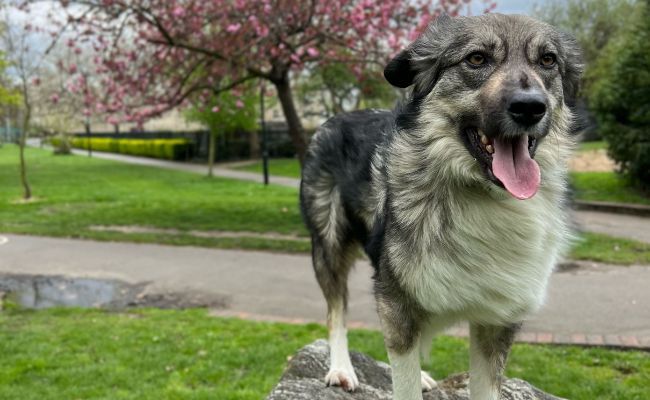
Cherry trees pose all sorts of problems for dogs. The seeds, twigs and leaves of the cherry tree can cause hyperventilation, seizures, abnormal heart rate and in extreme cases, can be fatal.
Check your garden
If your dog often hangs out in the garden, it’s a good idea not to have any poisonous plants or flowers out there. As well as this, it’s very important to keep your lawn nice and tidy. Firstly, this reduces your dog’s chance of hurting themselves on a rock or dry soil. Secondly, tidy lawns are less appealing to parasites and stinging insects.

What to do if your dog eats dangerous items this Easter
If you suspect that your dog has eaten anything that is toxic, firstly you should stop them from eating any more of the dangerous item, then you should call your vet. If possible, preserve the packaging or take a photo of the offending tree or plant, so that your vet can see exactly what your dog has eaten.
Bear in mind at all times that dogs will be dogs.
They won’t distinguish a bottle of cleaning product, left behind on the kitchen floor after a spring clean, from a perfectly harmless toy.
They may feel thirsty when pelting along at full speed during the midday heat, but it’s not in their power to choose the cooler times of day to go out for a walk, or to provide their own water.
They might love your friends and family as much as you do, but may long for their own space after a little while.
Whatever your plans are during the Easter break, don’t forget to factor in your dog – their welfare, their comfort and of course, their happiness!


